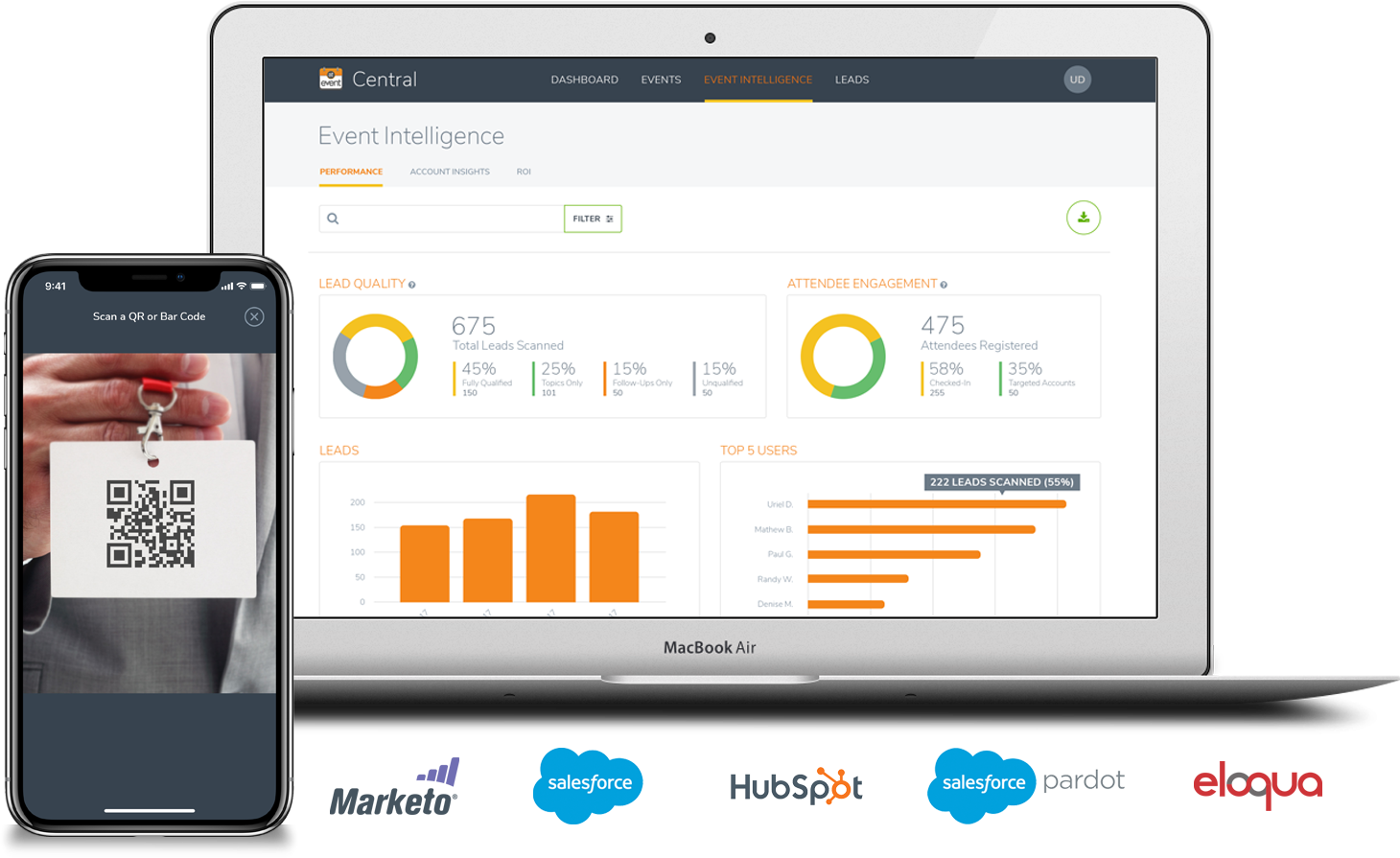
One of the best parts of attending an event is seeing what’s new. Event organizers and exhibitors are always trying to switch things up to bring more attention and buzz to the big events. But it’s not all about social buzz; there are other new and exciting ways businesses are looking to enhance customer interactions at events that have our attention.
As we continue to strut through the event season, here are 3 big event trends that could change the feel and functionality of events moving forward.
A New Check-In Model is On the Way
Our CEO recently made a bold prediction that we will soon see the end of the traditional check-in model and like a phoenix from the ashes, the self-service check-in model will rise. Traditionally, a person stands in line to get a badge, which usually makes them late for everything whether they’re on time or not. More and more, it’s looking like events will go from the fixed, “hotel-style” walk up and check-in model to a self-service check-in. The new model could be a big time saver for attendees, and we hope it happens sooner rather than later this year.
A great example of a new check-in model that saves time would be using Amazon’s facial recognition for attendee check-in. Attendees would post a picture ahead of time, then cameras capture their image when they arrive, checking them in automatically. It's suppose to be highly secure, which is comforting to hear but also comes with a lot of follow up questions we won’t get into right now. The important takeaway from this method is that businesses and event organizers are finding much faster and hassle-free ways to get people in the door and in front of what they came to see. The future is here and we are going to start seeing facial recognition and other self-service check-ins being used and tested at big events.
Virtual Reality is Going to Be Used More Than Ever
VR can be used for more than just gaming. Companies are now using VR experiences to drive deeper conversations with customers. People are starting to see more experimentation with VR and AR, but as far as where it goes, it's still up in the air. This could be the next great way to provide valuable and memorable experiences to customers, or it could just be an expensive fad that ends up not providing the proper return-on-investment. It’s anybody’s guess at this point, and that’s what’s so fun about it!
The big determining factor of success is whether businesses will be able to demonstrate their product and services better using VR or not? If exhibitors can afford to create VR experiences and find a way to give people a positive and memorable involvement with their product then this could be a hit! However, if businesses lose sight of the purpose and focus on creating social buzz, it could be an expensive failure. Here's an example of using VR the right way at an event: Let's say a tourism company uses a VR headset to take booth visitors directly to their hottest destination spots, giving them a first-hand look at what that trip would be like if they purchased a travel package. VR has a lot of potential but even still, only 20% of marketers believe that virtual and augmented reality will impact events more than other factors (Bizzabo). People should keep an eye on VR to see how it’s used by numerous businesses and how it develops over time.
Small Events Are On the Rise
Smaller gatherings are exploding because these small social learnings and network gatherings are local and more personal. Companies are hosting casual events, conversations, livestreams, and watching these tactics produce great User Generated Content. For example, a B2B marketing agency could host a seminar on best practices for a particular marketing discipline, such as Paid Media. Attendees of that seminar are more likely to be a concentrated group of professionals that want to learn and/or do more with their paid media, which is a service that agency wants to sell. Before, during, and after that presentation attendees will be more attentive and engaged because they have immediate needs and the intimate setting to have their questions answered.
According to EventBrite, 54% of B2B businesses say they plan to host more events this year, so it’s a good idea for businesses with smaller budgets to focus their efforts into smaller events that are likely to attract concentrated focus groups. Keep an eye on how companies take advantage of these smaller events.
If you’re excited about a new year of events and the challenges ahead, check out our recent blog on the biggest event opportunities in 2019, written by atEvent’s own CEO.









